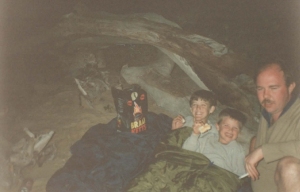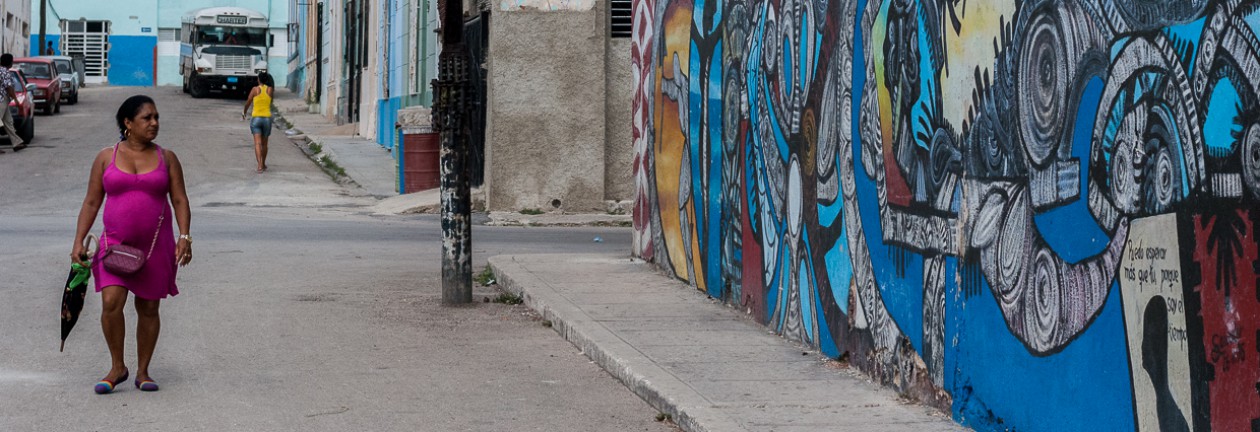The brief:
Recreate a childhood memory in a photograph. Think carefully about the memory you choose and how you’ll recreate it. You’re free to approach this task in any way you wish.
- Does the memory involve you directly or is it something yo witnessed?
- Will you include your adult self in the image (for example, to ‘stand in’ for your childhood self) or will you ask a model to represent you? Or will you be absent from the image altogether?
- Will you try and recreate the memory literally or will you represent it in a more metaphorical way, as you did in Part Two?
- Will you accompany your image with some text?
- In your learning log, reflect on the final outcome. How does the photograph resemble your memory? Is it different from what you expected? What does it communicate to the viewer? How?
When I read this exercise I immediately thought of a photograph that is rather poignant for me, although it is not a childhood memory of mine, but rather that of my children which my husband and I share. We were on holiday at St Lucia in South Africa, I think the year was 1990 and we decided to have a barbecue on the beach one evening. The beach was entirely deserted and my husband made a fire between some logs. It was winter, but winter in that climate zone in South Africa is very warm (rather like summer temperatures in the Northern hemisphere, except for the evenings. The boys were feeling rather chilly so they both climbed into one sleeping bag and settled against one of the logs and enjoyed the adventure.

I want to create the image in a literal way, basically the same, just twenty two years later. I very much doubt that my two strapping lads would fit into one sleeping bag now, so I will have to improvise on that. The lighting in the photo above was mainly from the fire, but we are not allowed to make fire on the beaches here in Canada, which is where I live now, so I will have to rely on using flash with a warm gel to recreate the light. I will also have to substitute the bag of charcoal with something else, but there is no shortage of driftwood on our local beach so the rest should be easy to set up. I will just have to wait for an evening where it isn’t raining. Obviously, as I was the one who took the original photo, I will not feature in the recreation.
Update:
At last a good weather day and a clear spot in my sons’ busy social diaries allowed me to finish this exercise. We headed down to Ambleside Beach in West Vancouver, just in time to catch a beautiful sunset. With the first winter snowfall fresh on the local mountains, the night was very chilly. As originally thought I did use my flash with an orange gel to recreate the golden light from the fire. Both my sons were a little awkward at first, expressing the hope that there was no-one that they knew walking the seawall! I tried to keep the same poses, but obviously the two lads were not going to get into the same sleeping bag so the composition is not as tight as in the original photo. Here are two photos that I took this evening, one with a similar composition and the other changed to include the stunning sunset in the background. I think I prefer the second photo as by this time everyone had relaxed a bit and were fooling around and making wise cracks.


